Held at Alta Cebu Resort located at Pilipog, Cordova, Cebu, Philippines
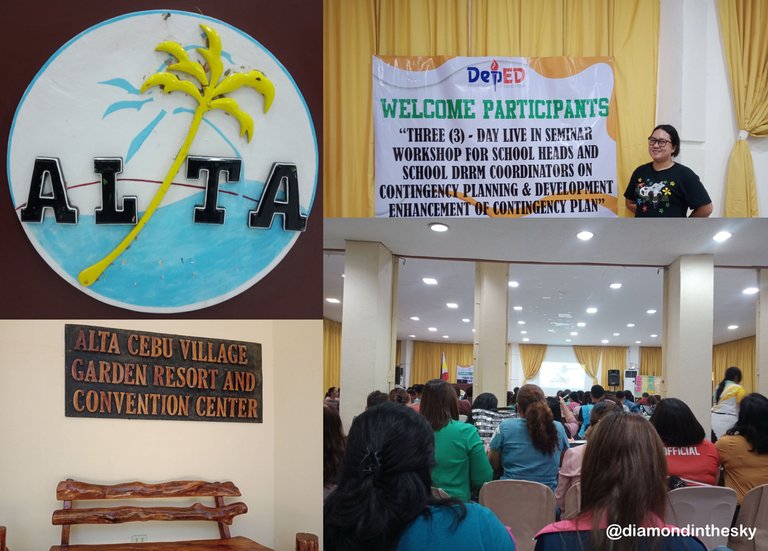
We learned in school particularly in our Science and Social Studies subjects that our country, the Philippines is located in the Pacific Ring of Fire, in the Northern Hemisphere near the Equator as well as the front liner to the biggest open ocean, which is the Pacific Ocean. It is the main reason why we always experience plate movements, an earthquake, volcanic activities, El Niño, La Niña, and more than 20 tropical cyclones in a year. Our country has a lot of Active Faults and Active Volcanoes as well as a regular spots for Tropical Cyclone.

What is the difference between Hazard, Risk, and Disaster? Is it the same? Why it is important for us to learn about Disaster Readiness and Risk Reduction?
That's the questions that the facilitator asks everybody on the first day of our seminar, April 24, 2024.
According to our Facilitator and on the slides from the PowerPoint Presentation,
Hazard is a dangerous event; it can be a toxic substance, a human activity or condition. It may cause loss of life, damage or other health effects like minor and serious injury, damage to properties, loss of livings and services, social and economic disturbance, or environmental destruction.
Risk is a function of hazard, defenselessness, and the exposure.
A Disaster occurs when the possible damaging agent which is the hazards hits a defenseless inhabited zone.
It is important to us to determine the different hazards in our surroundings. It might be a small crack in our house or a single match left inside the match box, but it will cause a massive impact to us and the community that we live in.
The following are the main objectives presented by our facilitators in our seminar:
1.)Explain the process of formulating Contingency Plan.
2.) Apply the process of formulating Contingency plan.
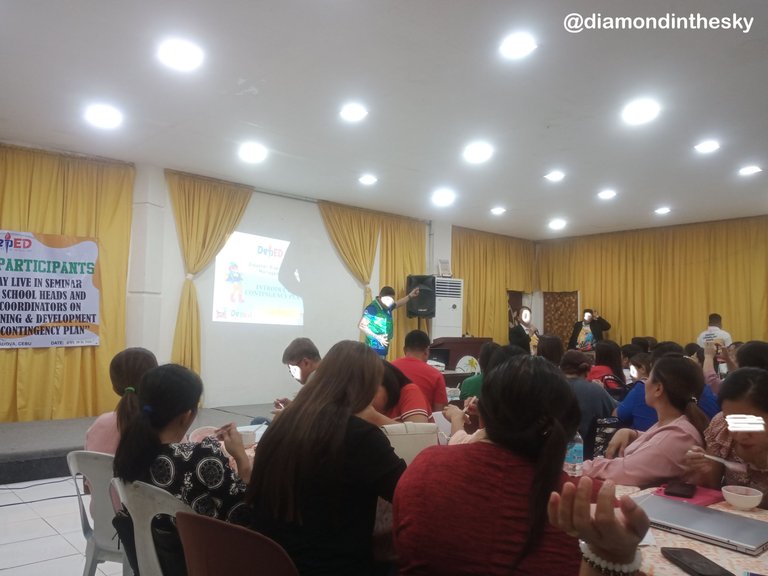
What is a Contingency Planning?
According to Republic Act 10121
“A management process that analyzes specific potential events in a state of uncertainty and establishes response arrangements in advance to enable timely, effective, and appropriate responses to such events and situations.”
Contingency Planning Guide:
“Aims to prepare an organization to respond well to an emergency and its potential humanitarian impact. It involves anticipating a specific hazard based on specific events or known risks at local, national, regional, or even global levels like for examples, an earthquake, flood, or a disease outbreak, and establishing operational procedures for response, based on expected resource requirements and capacity.”
Our facilitators also introduced to us the Hazard Analysis which is based on their “Probability” and the “Impact”. They expound the deep meaning of probability and the impact of a hazard. We must not ignore a hazard no matter how small it is because we might think that it is just a minor or not so important for us, however, it might causes a wide-ranging disaster.
Furthermore, they presented to us the common sources for contingency planning narratives such as documentation of history of the Local Government Unit (agency, office, and organization, Ecological Profile, Maps (hazards, risk, base, administrative, and more), Disaggregated Data on Population and Resources, Situation Reports and Statistics, Disaster Crisis and Advisories, Historical Data or Records on Past Disasters or Crisis, Disaster Risk Reduction Management and Community Map updates and Trends, Community Based Management Information System for Local Government Units, and other existing plans related to DRRM and CM such as Comprehensive Land Use Plan (CLUP), DRRM Plan.
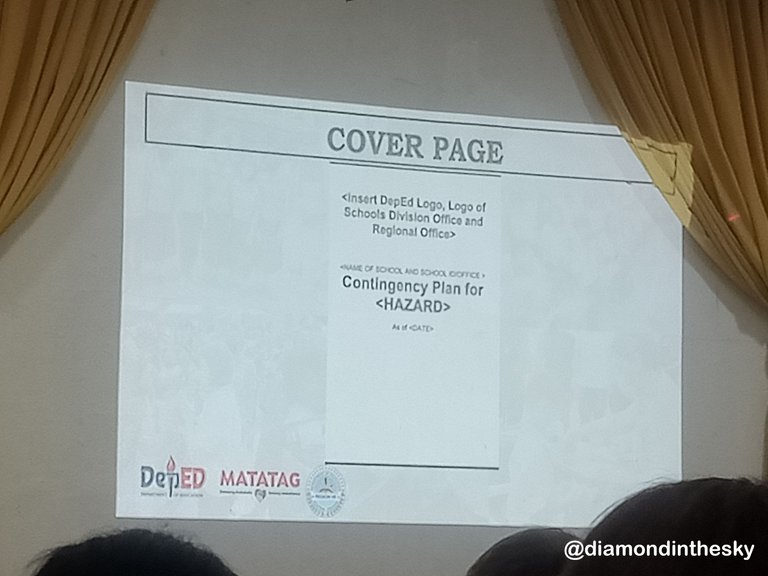
Moreover, our facilitators showed and explain further to us a sample contingency plan. The first page of the CP is the cover page followed by the Chapter I which is the school background.
In the school background, it is where you can find all the information, including the location of the school. Second is the Hazard Analysis where you can find the possible hazards of our school.
In our school, the possible hazards are tropical cyclones with strong winds, earthquake, fire, Covid-19, and the Heat Index (35° C and up) and we ranked the hazards according to its average probability and its impact.
The third one is the Anatomy of the Hazard. It is where you can find the root causes, early warning signs, triggering factors, and the existing mitigating measures of the hazards.
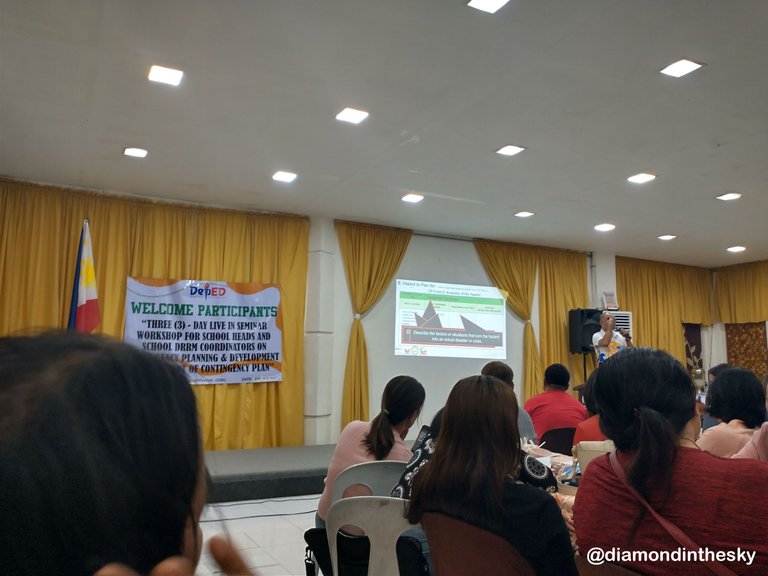
On the second day, April 25, 2024, the facilitators explained to us the fourth CP form, the School Profile where you can see the total population of the school includes the male and female learners, male and female teaching personnel, male and female non-teaching personnel including the school watchman and utility in-charge. It is where you can also find the lists of school infrastructures and non-infrastructures.
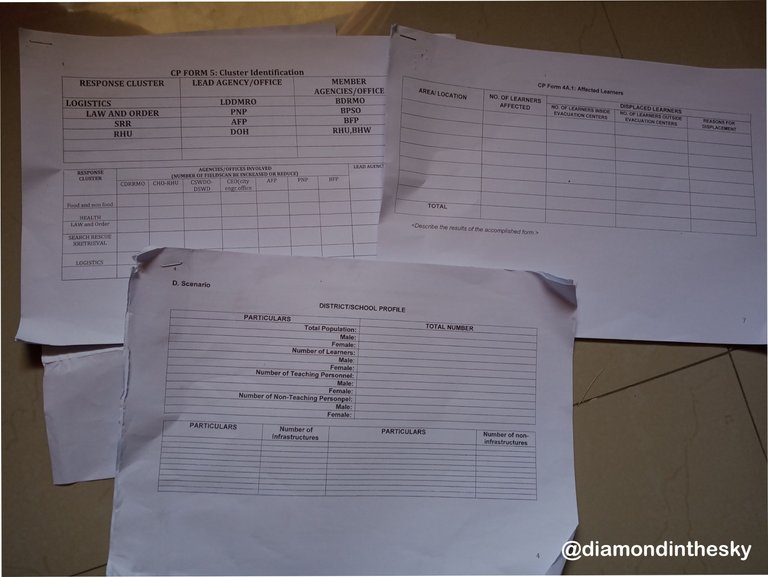
Next, the Scenario Generation for Natural and Human Induced Hazards. It is where to write the Bad, Worse, and Worst Scenarios of a particular circumstance in our school. The facilitators also explained many times to us the Natural and Man-made Hazards.
Natural hazards are those phenomena that happened naturally like typhoon, earthquake, volcanic eruption, La Niña, El Niño, and many more. While on the other hand, Man-made Hazards are those events that caused by Humans like Faulty Wiring that Causes Fire, Collapsed Buildings, Accidents and many more.
The next form in the Contingency Plan is the lists of affected learners, affected personnel, breakdown of affected learners, and the breakdown of affected personnel.
In the next CP form is the Cluster Identification. It is where you can see the response cluster like logistics, law and order, search, rescue, and retrieval, the rural health unit and many more. It is the form where you can also see the lead and member agency or office.
Afterwards, is the Response Activities, Resource Inventory, Resource Projection, Resource Gap Summary, and the last CP form is the Emergency Operations Center.
The Chapter IV of the school contingency plan is the Activation and the Annexes such as Hazard Mapping, Evacuation Plan, Emergency Hotline, Flow chart, Organization Chart which is the School DRRM Team, and the School Map.
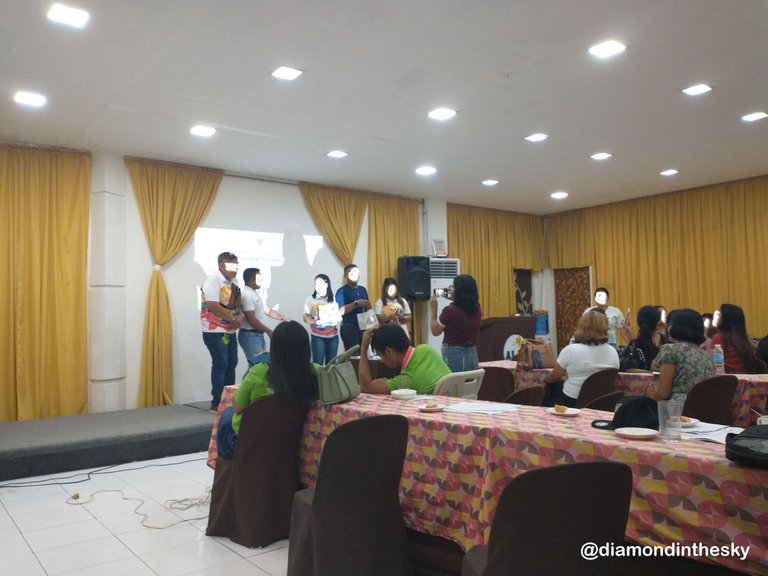
On the last day, April 26, 2024 is the presentation of school Contingency Plan and Critiquing. In our cluster 3, one school from the secondary and one school from elementary presented the Contingency Plan of their respective school.
The facilitators of our seminar explained to us clearly that all of us do not wish that something bad will happen, however, having the School Contingency Plan is the best way of preparing the possible effects of a hazard. We might not prevent them from coming, but we can do something better to reduce its impact. There is no safe place in our planet. Disaster will happen anytime, anywhere, and to any person.
I learned a lot from the seminar. I am blessed and privilege to be one of the participants, filling my empty cup with a lot of learning. It helps me to be resilient, be alert, be prepared, and be strong in every hazards and disaster in our life.
As a second parent to our learners, the students’ well-being and safety is our first priority in school.
Thank you for reading my blog. Please upvote and reblog. I cannot thank you enough for your help and support. Keep safe and God bless us all.
Congratulations @diamondinthesky! You have completed the following achievement on the Hive blockchain And have been rewarded with New badge(s)
Your next target is to reach 4000 upvotes.
You can view your badges on your board and compare yourself to others in the Ranking
If you no longer want to receive notifications, reply to this comment with the word
STOPCheck out our last posts:
I am so blessed and grateful for the badge @hivebuzz Thank you really. You inspired me everyday to write more and more.
Reading your post ma'am @diamondinthesky seems like I also joined the seminar and I learned a lot. Thank you for this ma'am. ☺️
Thank you so much Ma'am @fixyetbroken I am so happy that you also learned something from my blog Ma'am. God bless Ma'am
You're welcome ma'am @diamondinthesky . The information can be used to teach TLE ma'am. God bless too ma'am.
I believe this is one of the best trainings in DepEd. You are so lucky to be part of the DRRM Contingency plan. Blessings to
you and keep safe always.
You are absolutely correct Ma'am @pinkchic I am so lucky to be part of the DRRM Contingency plan. Thank you so much Ma'am for reading my blog.
Ui nice that they have this seminar for disaster and risk awareness this is important nowadays and especially for schools.
We have this kind of stuff in the office din kaya ayos na ayos ang ganitong na iimplement talaga.
Yes Po @tpkidkai every year Po DepEd conducting DRRM seminar for teachers especially now Po. Thank you for reading my blog po